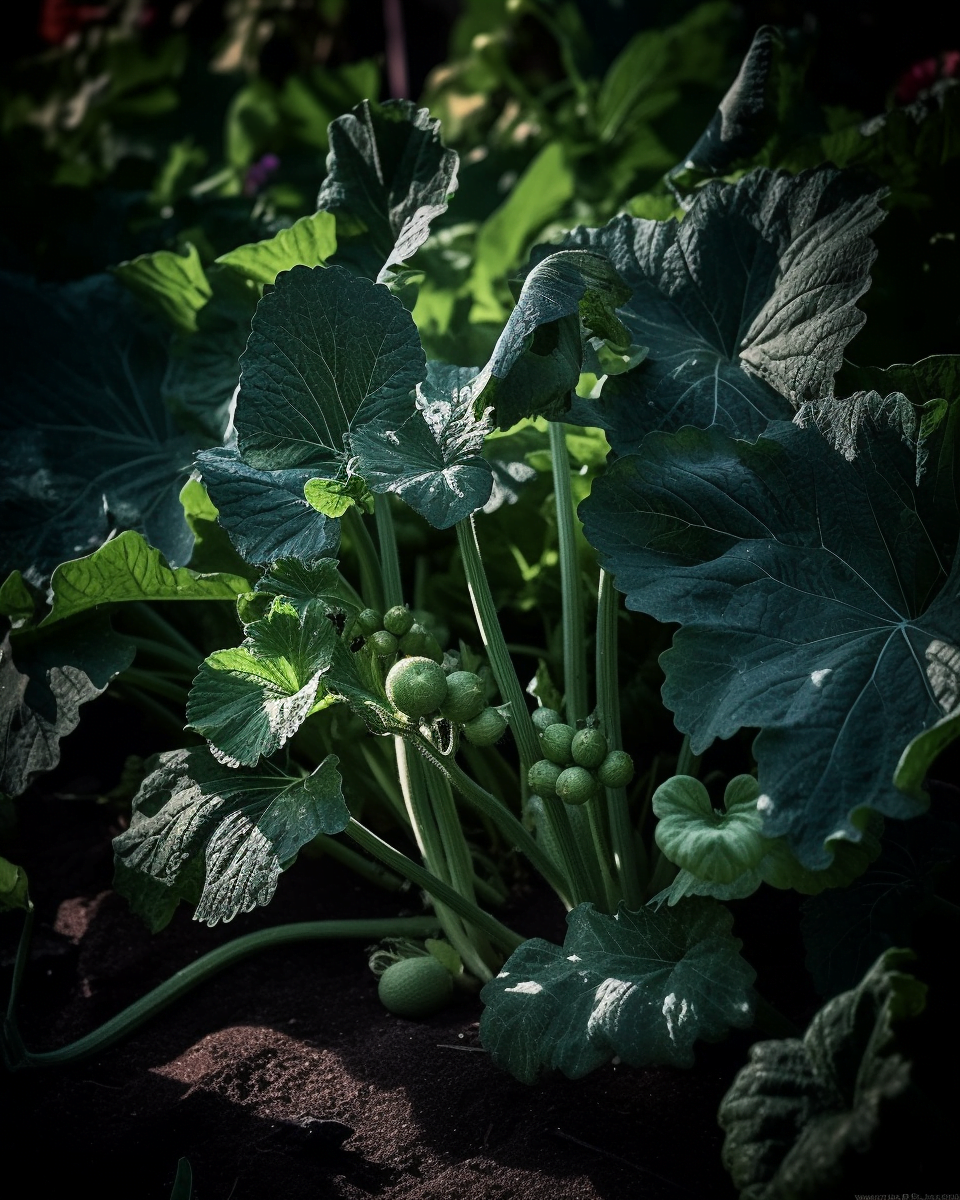I’ve always been curious about the processes that happen beneath the surface when a plant begins to grow. It’s fascinating to me how something so tiny can eventually sprout into a full-grown organism. One question that has often crossed my mind is whether plants begin their growth with roots or if there’s some other starting point. Today, we’ll explore the intriguing concept of whether plants actually grow roots first or if there’s something else at play in their growth process. So, let’s dig deep into the world of home gardening and uncover the secrets of plant development.
Do Plants Grow Roots First?
As an avid gardener, I have always been fascinated by the growth process of plants. One question that has intrigued me is whether plants grow roots first. To answer this, we need to dive into the overall plant growth process and understand the role of roots in plant development. So, let’s explore this fascinating topic together!
Overview of the Plant Growth Process
Understanding the plant growth process is crucial to comprehend the sequence of events, including root development. It all begins with seed germination, where the seed absorbs water and initiates the growth process. From there, the plant goes through different growth stages, eventually becoming a mature adult plant.
The Importance of Roots for Plant Growth
Roots play a fundamental role in plant growth and survival. They serve as anchors for the plant, enabling it to stay firmly in the ground. Additionally, roots absorb water and nutrients from the soil, which are vital for the plant’s overall health and development. Without roots, plants would struggle to obtain the essential resources they need to survive.
The Initial Growth Stage
During the initial growth stage, the plant focuses on establishing its roots. This is critical because, without a strong foundation, the plant would have difficulty obtaining water and nutrients. So, in a sense, plants do prioritize root growth in the early stages of development.
Seed Germination
Seed germination is the process where a seed transforms into a seedling. When a seed is exposed to suitable conditions, such as moisture, warmth, and oxygen, it begins to absorb water through its outer covering. This triggers biochemical changes within the seed, initiating growth. It is during this stage that roots start to form, emerging from the embryonic plant inside the seed.
Root Development in Seedlings
As the seed germinates and transforms into a seedling, the roots continue to grow. Seedlings develop a primary root, known as the radicle, which emerges from the seed. The radicle starts to elongate and branch out, giving rise to secondary and tertiary roots. This intricate root system enhances the plant’s ability to anchor itself in the soil and absorb water and nutrients.
Root Growth in Adult Plants
Root growth doesn’t stop at the seedling stage; it continues throughout the life of an adult plant. As the plant grows, its roots expand and explore the surrounding soil in search of water and nutrients. The primary root may develop lateral roots or form a taproot system, depending on the plant species. This continuous growth allows the plant to adapt to its changing environment and ensure its survival.
Factors Affecting Root Growth
Various factors influence root growth in plants. Soil conditions, such as texture, structure, and nutrient content, play a significant role. Adequate moisture is crucial for root growth, as water is the main transportation medium for nutrients. Temperature, light availability, and oxygen levels also impact root development. Understanding these factors can help gardeners create optimal conditions for healthy root growth.
Adaptive Root Structures in Different Plant Species
Plants have remarkable adaptability, and their root structures reflect this. Different plant species have evolved unique root systems to thrive in various environments. Some plants, like grasses, have fibrous root systems with numerous small roots, allowing them to efficiently absorb nutrients from the soil. Others, such as oak trees, develop taproot systems, consisting of a primary root that grows vertically and gives stability to the tall tree.
Role of Roots in Nutrient Absorption
One of the crucial functions of roots is to absorb nutrients from the soil. Root hairs, tiny extensions of the root surface, greatly increase the surface area for nutrient absorption. Specialized cells within the root actively transport ions and minerals into the plant, ensuring its nutrient needs are met. This intricate process is vital for plant growth, development, and overall health.
Root Growth Response to Environmental Cues
Root growth is not solely governed by genetic factors but also influenced by environmental cues. For instance, gravity affects how roots grow, causing them to grow downward in response to gravity’s pull. Additionally, roots can respond to light, moisture gradients, and chemical signals in the soil. These responses enable plants to adjust their root growth patterns and optimize nutrient absorption based on their surroundings.
In conclusion, while plants do grow roots first during the initial growth stage, root development continues throughout their life. Roots are vital for plant growth, playing crucial roles in anchoring the plant, absorbing water and nutrients, and responding to environmental cues. By understanding the importance of roots in the plant growth process, gardeners can create optimal conditions for healthy and thriving plants in their gardens.



